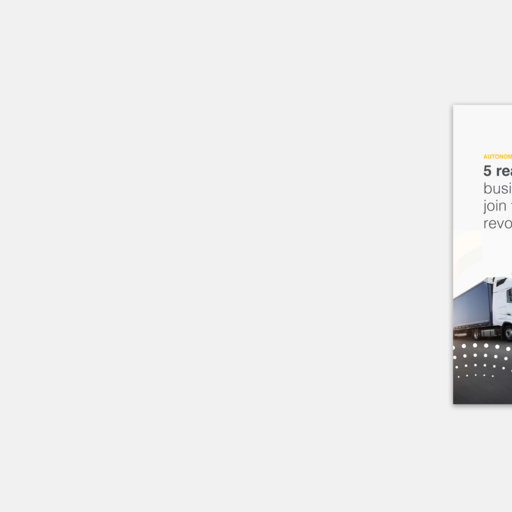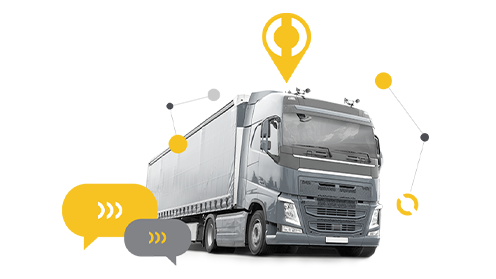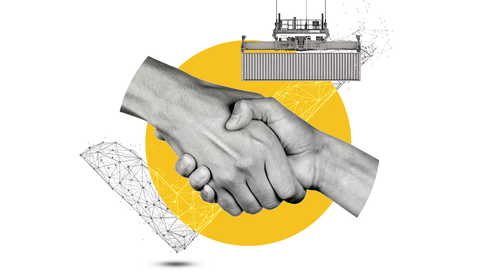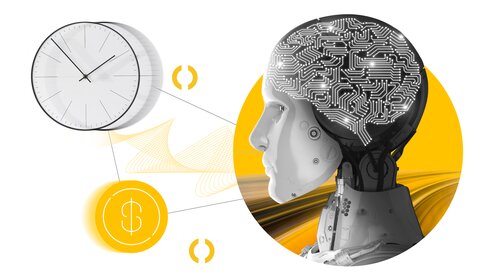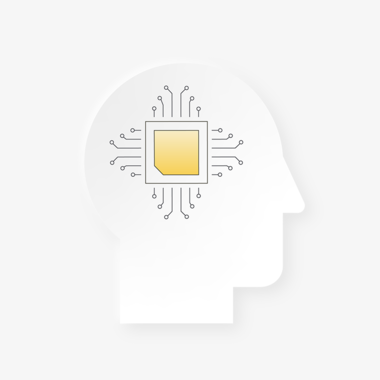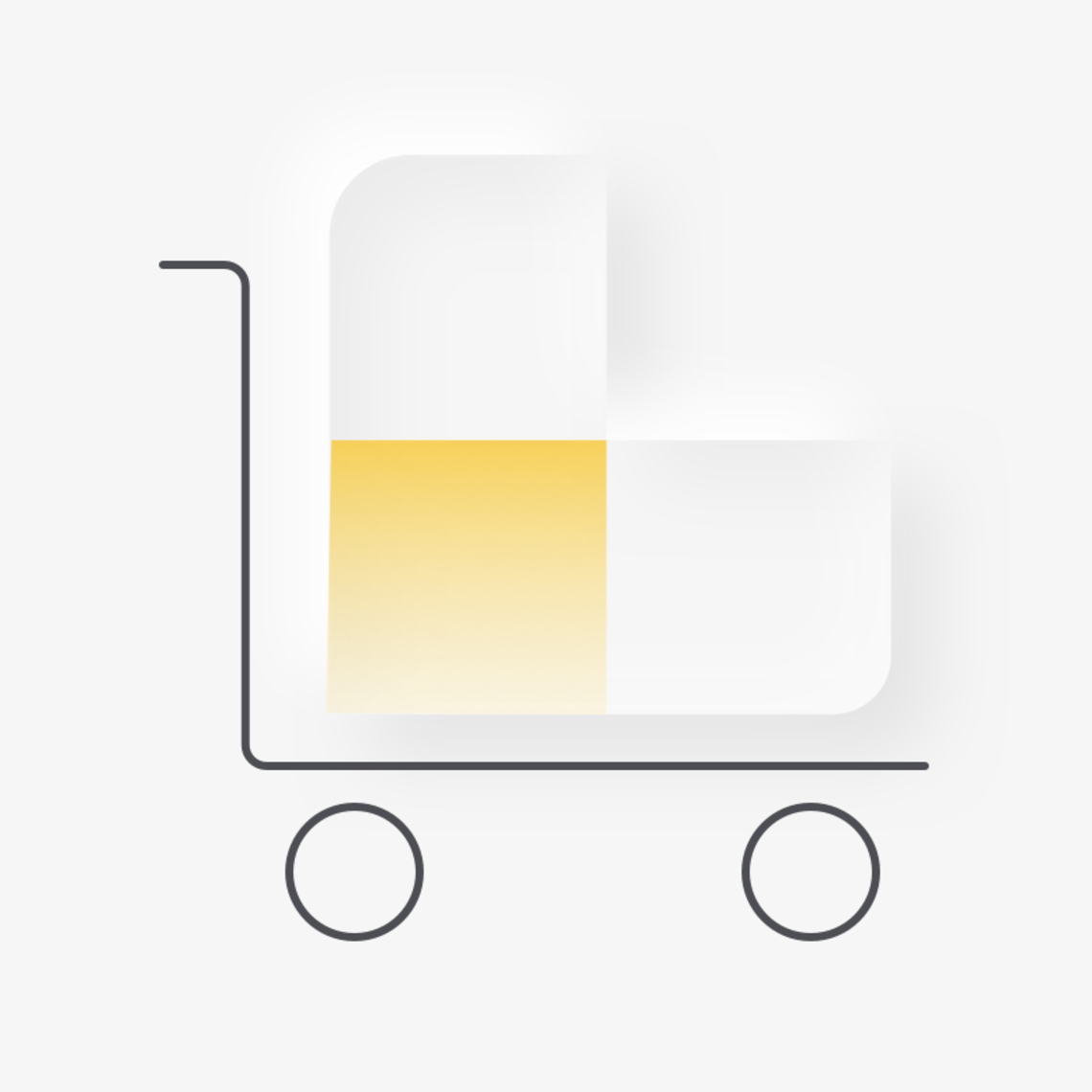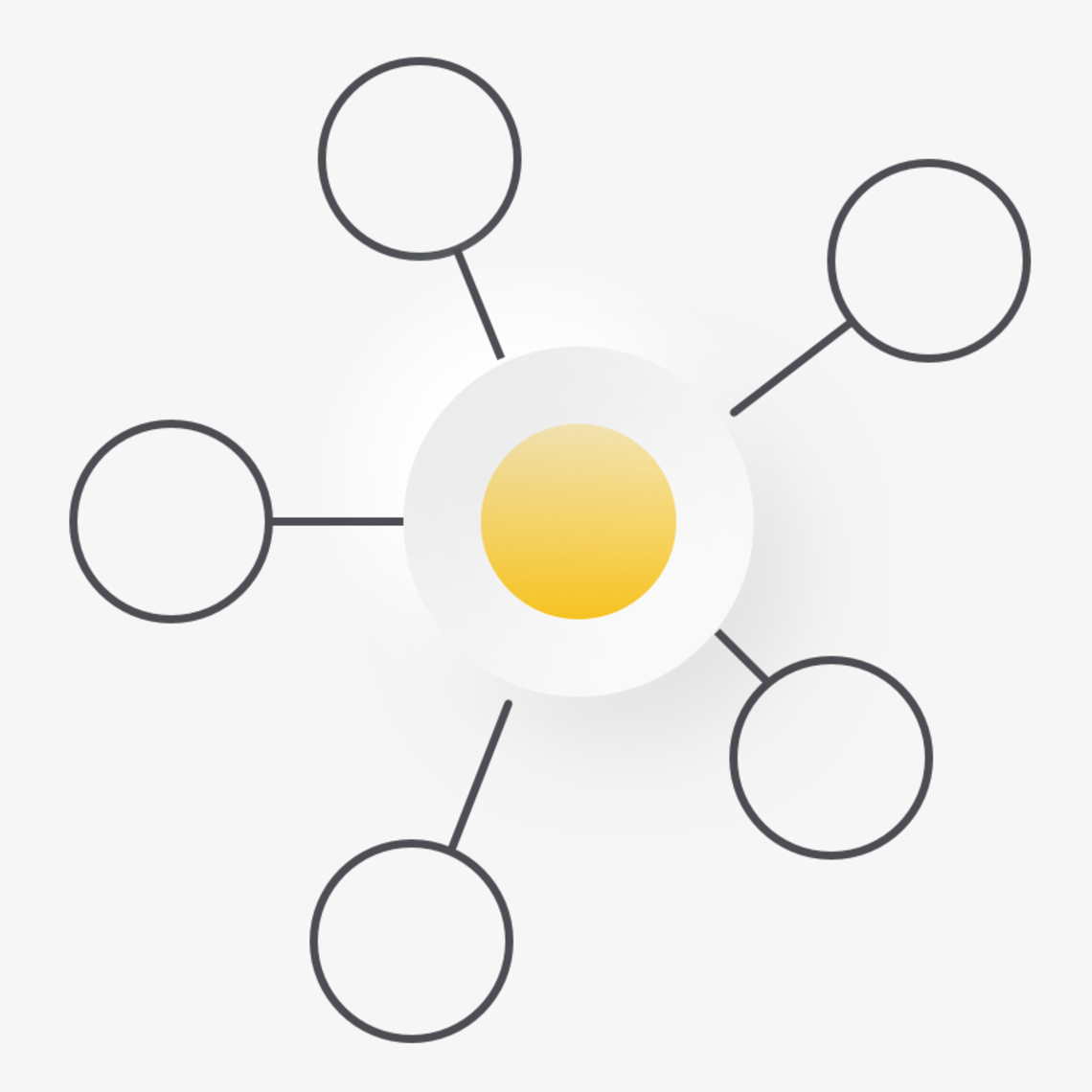Why fragmentation exists in the spot freight market
The fragmentation of the spot freight market is a reflection of trucking in general—there is little economy of scale. Fill one truck or fill a thousand trucks, that next truck is as hard to fill as the first. And that is true for even the largest companies in the world, like C.H. Robinson and D.B. Schenker, both of which have just 1% of the entire $212.2 billion full truckload market.
This makes pricing a challenge. In the spot freight market, there are hundreds of thousands of carriers, yet shippers are lucky to get quotes from 6-12 of them. And because transportation is a service with high dimensionality—each order has many details that vary—all rates are bilateral. This is why no stock exchange exists for spot rates. A model like that would fall flat in a market as disjointed and specialized as road transport.
There is a belief that all we need is connectivity and transparency, that if there were one set of piping where capacity could be shared easily, we could eliminate waste and mismatches in the spot freight market. That, however, is a false promise. Even if it were possible to centralize all orders and spot capacity in one platform, all parties would still have to align orders and capacity individually, on their own time, using the information available to them. Suddenly a shipper goes from 100 to 40,000-50,000 carriers to choose from, but so would the carriers. And this glut of choices makes decision-making all the more important." The challenge of the spot market isn't solved by more options, it's solved by the ability to better understand market dynamics and the needs of individual players.

